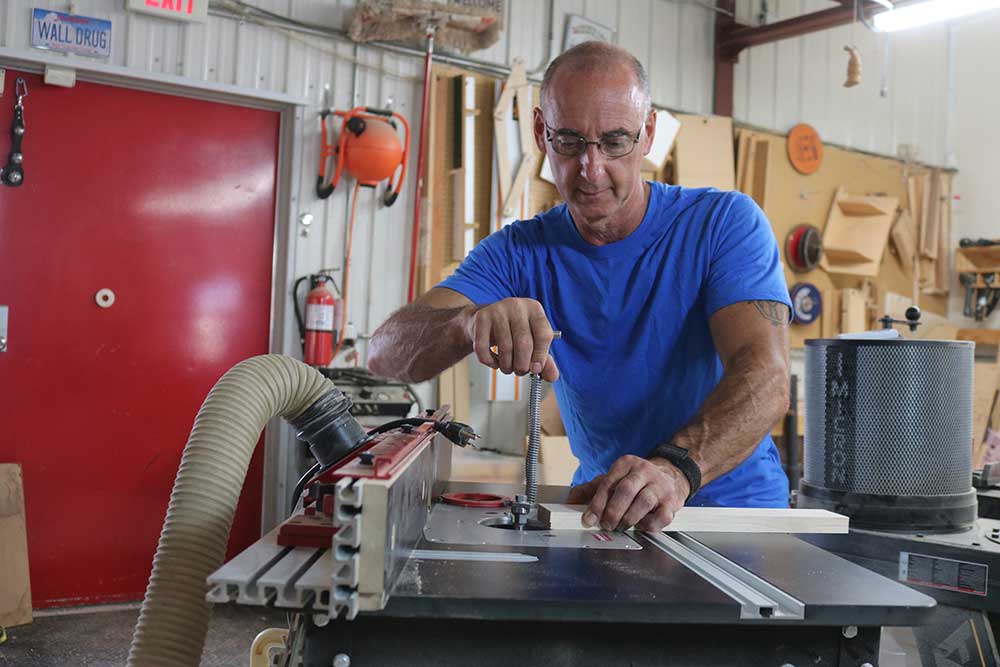
Set Up and Use a Dovetail Jig
George Vondriska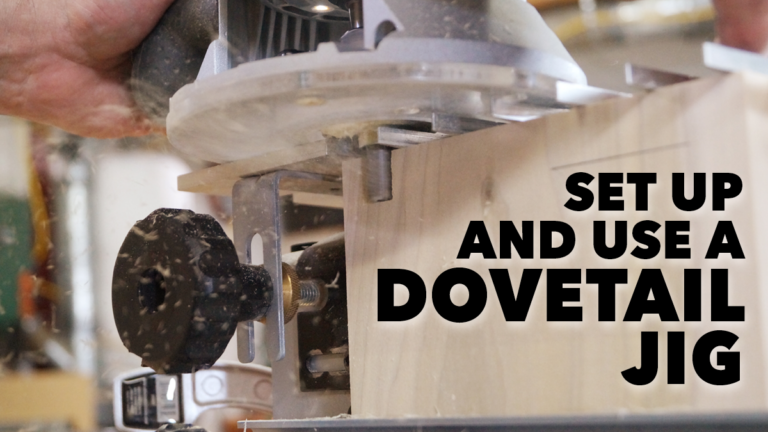
- In-depth Instruction; over 86 mins
- On-demand video access anytime
- Bonus downloadable PDF resources
- Access to class Q&A
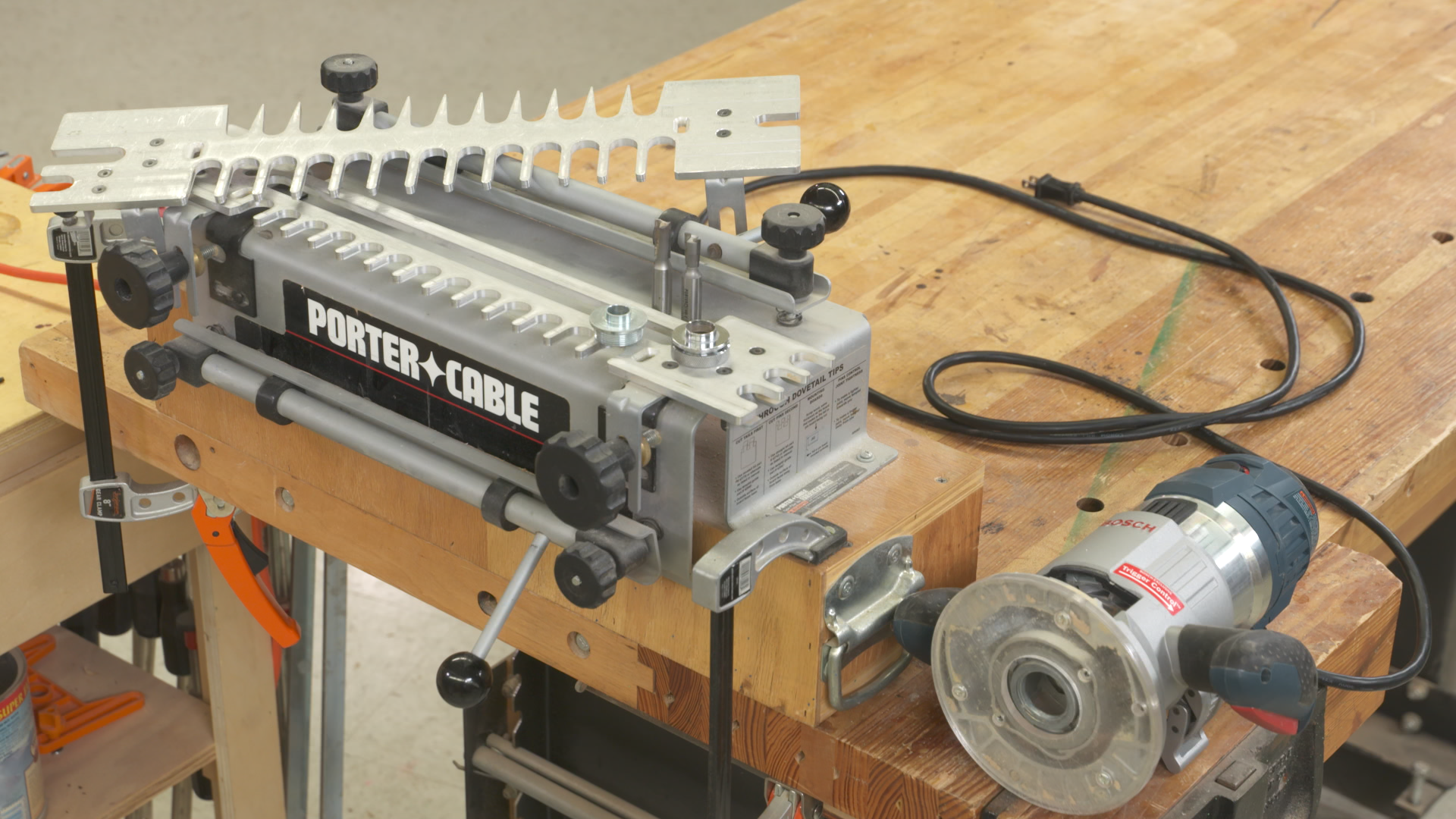
Want a great dovetail? Start by making sure your material has been machined correctly, and your jig is correctly set up. A handful of great tips and tricks will be the start of you cutting excellent dovetails.
We’ll also identify the router bits and other accessories used for cutting dovetails, how to lubricate your jig and router base, best practices for material prep, and jargon related to dovetails.
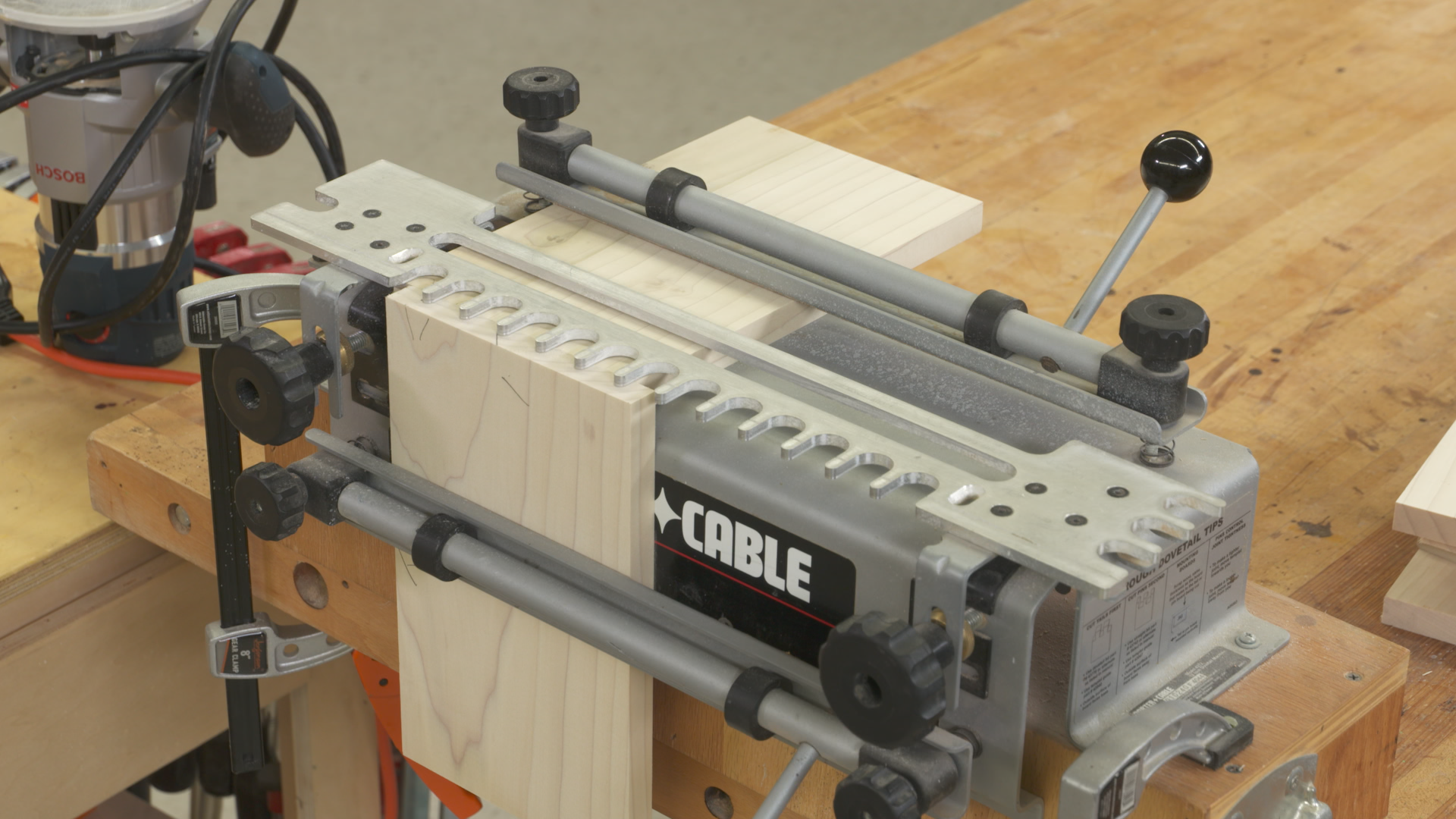
Great half blind dovetails start with proper labeling of the box parts. With that complete we’ll look at setting up the jig so the joint is properly centered on the board, how to accurately position parts in the jig, and what we learn about depth of the router bit from doing test cuts. You’ll also learn how to use a set up gauge to more easily set the depth of the router bit the next time you use the jig.

Once again we’ll start with labeling our boards, and then look at positioning the material in the jig for through dovetails. The fit of a through dovetail depends on the size of the sockets, and you’ll learn how to correct the fit as needed. You’ll also see how to use climb cutting to prevent chipping of the boards.
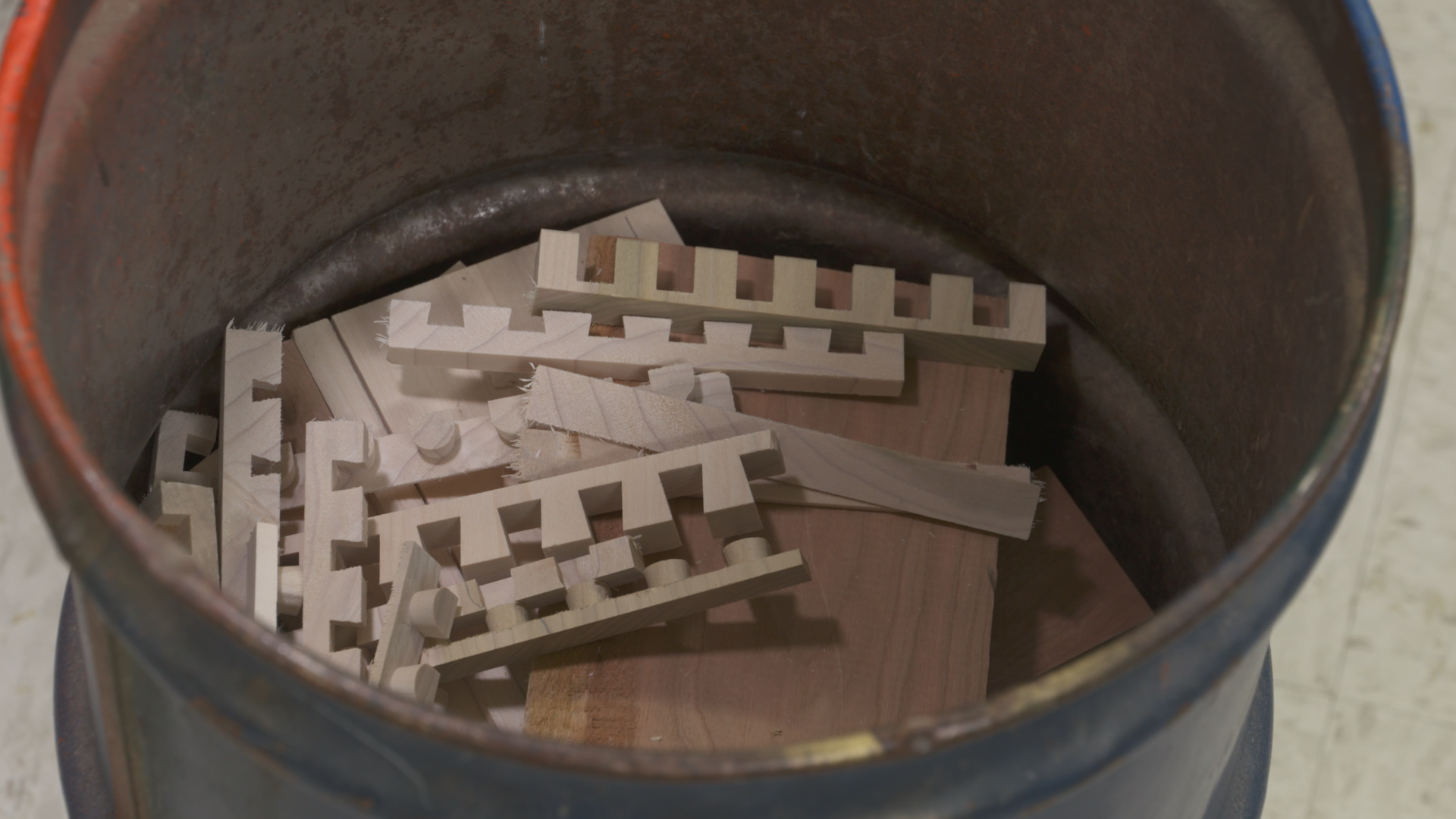
Rabbeted dovetails work great for partially inset drawers, but can be a little tricky to produce. We don’t need any special jig accessories to make them, we just need the right set up. A shop-made spacer is the answer, making it easy to correctly position your material for this joint.
Everyone makes mistakes, and George has seen lots of them made on dovetails jigs. He’ll take you through a number of preemptive steps you can take to avoid making those mistakes.
Dovetail jigs significantly shorten the learning curve for cutting great quality dovetails but, like any tool, a dovetail jig has to be set up and used correctly in order for you to get your best work out of it. This class provides you with everything you need to know to cut excellent through, half blind, and rabbeted dovetails on your jig.
Start to finish
A good dovetail begins with material that has been correctly prepared. We’ll take you through the material requirements, and then move on to tweaking your dovetail jig to make sure it’s performing optimally. We’ll also look at:
- Router bits required for through and half blind dovetails
- Using a guide bushing with the jig
- Parts of a dovetail joint
- Identifying a drawer front versus drawer side
- Handling the router safely and accurately
- Getting chip-free cuts
Half Blind, Through, and Rabbeted
Each type of dovetail requires a slightly different set up, but you’ll be able to apply much of what you learn to all three dovetail types. One of the trickiest aspects of using a dovetail jig is correctly setting the depth of the dovetail bit. You’ll leave this class with techniques for diagnosing router bit depth, and how to correct it if necessary, plus easy to use shortcuts for setting depth.
When dovetails go bad
Thanks to many years of watching students use dovetail jigs, the instructor for this class has seen almost every possible error that can be committed on a dovetail jig. This class takes you, in detail, through steps and procedures that will help prevent you from making those same mistakes, and help you get to great dovetails faster.
In addition to the detailed video help you’ll receive, this class provides you with some downloadable resources and helpful information to print and keep, including a detailed Class Guide you can follow and use as a reminder for the key points of the class instruction.
George Vondriska
Formally trained in technology education, George Vondriska has been teaching woodworking since 1986. He has been the managing editor of Woodworkers Guild of America since 2007. In addition to classes at his own Vondriska Woodworks School, George teaches at woodworking shows across the country and has taught woodworking for the Peace Corps, Andersen Window, Northwest Airlines and the Pentagon.

Bonus materials available after purchase